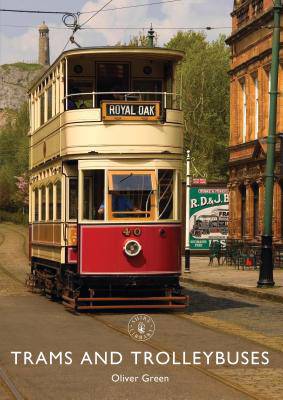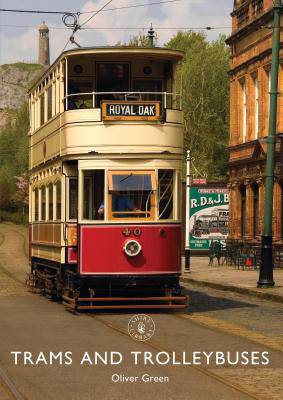
- Afhalen na 1 uur in een winkel met voorraad
- Gratis thuislevering in België vanaf € 30
- Ruim aanbod met 7 miljoen producten
- Afhalen na 1 uur in een winkel met voorraad
- Gratis thuislevering in België vanaf € 30
- Ruim aanbod met 7 miljoen producten
Zoeken
Omschrijving
From the horse-drawn trams of the nineteenth century to the larger electric models of the early twentieth, this reliable form of public transport revolutionized town travel by making it affordable enough for working people to use. From the 1930s, the rise of the trolleybus, which also picked up power from overhead cables but ran without expensive tracks, looked set to supersede the tram--but ultimately, by the 1950s, both fell victim to motor buses and private cars. However, since the 1980s the environmental benefits of light rail have encouraged a growing comeback for trams on our crowded and polluted city streets. Using beautiful contemporary photographs, this is the fascinating story of the rise, fall and revival of this everyday, yet sometimes controversial, mode of urban transport.
Specificaties
Betrokkenen
- Auteur(s):
- Uitgeverij:
Inhoud
- Aantal bladzijden:
- 64
- Taal:
- Engels
- Reeks:
Eigenschappen
- Productcode (EAN):
- 9781784422486
- Verschijningsdatum:
- 27/03/2018
- Uitvoering:
- Paperback
- Formaat:
- Trade paperback (VS)
- Afmetingen:
- 135 mm x 207 mm
- Gewicht:
- 149 g

Alleen bij Standaard Boekhandel
+ 25 punten op je klantenkaart van Standaard Boekhandel
Beoordelingen
We publiceren alleen reviews die voldoen aan de voorwaarden voor reviews. Bekijk onze voorwaarden voor reviews.











